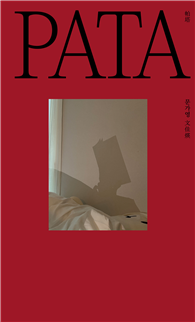The demographic and social structure of most industrialized and developing countries are changing rapidly as infant mortality is reduced and population life span has increased in dramatic ways. In particular, the oldest-old (85+) population has grown and will continue to grow. This segment of the population tends to suffer physical and cognitive decline, and little information is available to describe how their positive and negative distal experiences, habits, and intervening proximal environmental influences impact their well-being, and how social and health policies can help meet the unique challenges they face. Understanding Well-Being in the Oldest Old is the outcome of a four-day workshop attended by U.S. and Israeli scientists and funded by the U.S.-Israel Bi-National Science Foundation to examine both novel and traditional paradigms that could extend our knowledge and understanding of the well-being of the oldest old. This volume engages social scientists in sharing methods of understanding, and thereby possibly improving, the quality of life of older populations, especially among the oldest old.
| FindBook |
有 1 項符合
Understanding Well-Being in the Oldest Old的圖書 |
 |
Understanding Well-Being in the Oldest Old 作者:Poon 出版社:Cambridge University Press 出版日期:2011-04-11 語言:英文 規格:平裝 / 392頁 / 22.1 x 14.7 x 2.5 cm / 普通級 |
| 圖書館借閱 |
| 國家圖書館 | 全國圖書書目資訊網 | 國立公共資訊圖書館 | 電子書服務平台 | MetaCat 跨館整合查詢 |
| 臺北市立圖書館 | 新北市立圖書館 | 基隆市公共圖書館 | 桃園市立圖書館 | 新竹縣公共圖書館 |
| 苗栗縣立圖書館 | 臺中市立圖書館 | 彰化縣公共圖書館 | 南投縣文化局 | 雲林縣公共圖書館 |
| 嘉義縣圖書館 | 臺南市立圖書館 | 高雄市立圖書館 | 屏東縣公共圖書館 | 宜蘭縣公共圖書館 |
| 花蓮縣文化局 | 臺東縣文化處 |
|
|
圖書介紹 - 資料來源:博客來 評分:
圖書名稱:Understanding Well-Being in the Oldest Old
|











